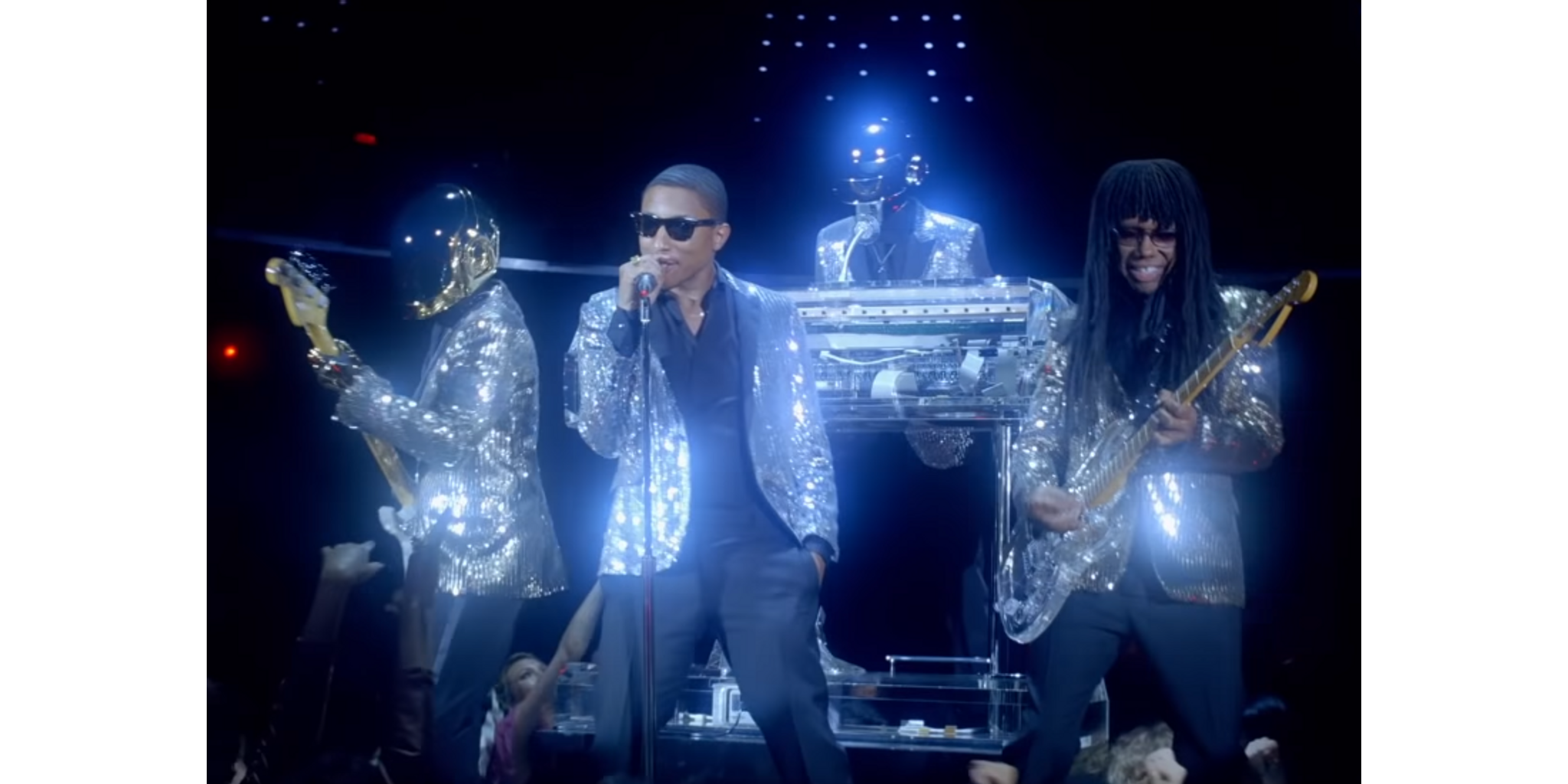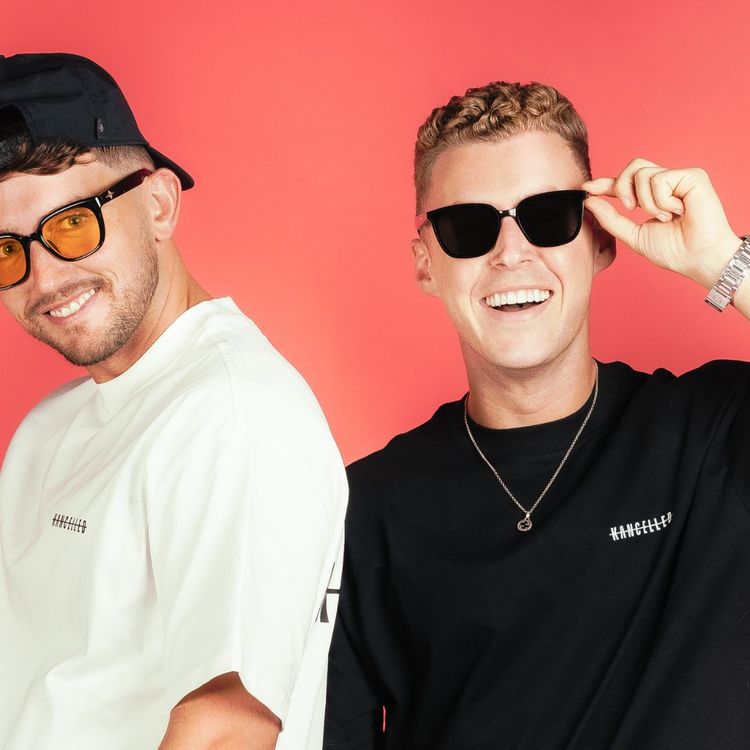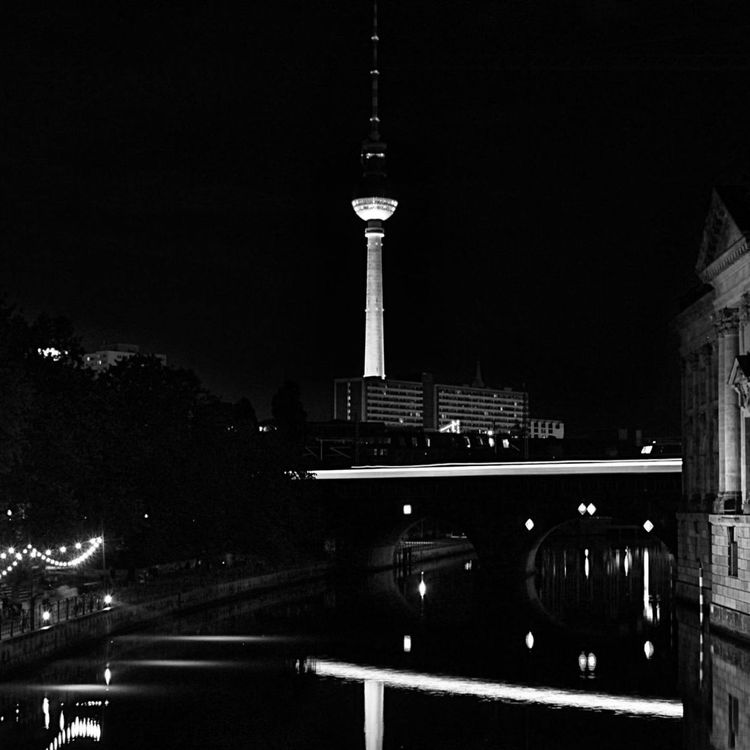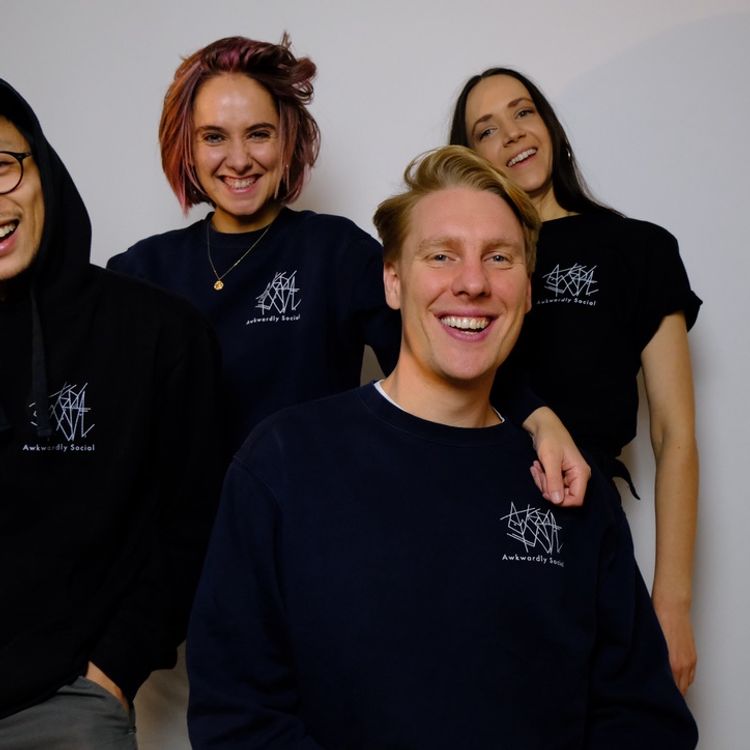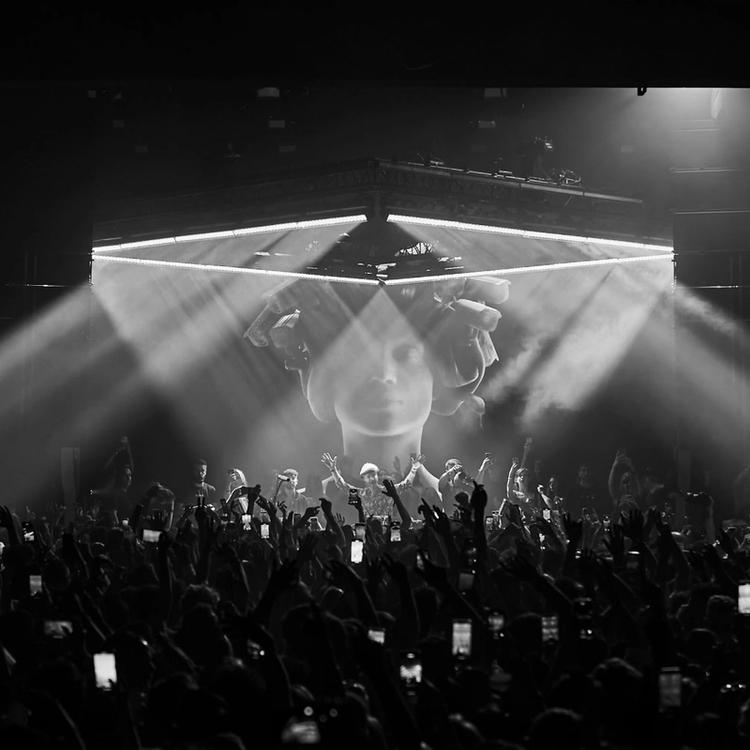9 Times Dance Music Crossed Over to the US Mainstream
Like clockwork, dance music is having a mainstream moment. You remember those: they occur pretty regularly. If American radio were as dance-friendly as the British and European charts, the new double-house-drop this week might not seem like anything major. But as you’ll see below, whenever underground dance culture bubbles to the pop surface, everyone benefits.
1974: Disco hits the top of the charts
Disco had gotten notice in 1973 when Rolling Stone’s Vince Aletti first reported on it, but it was ’74 when the big revolution occurred. A pair of back-to-back July number-ones that had jumped into the charts from the clubs: the Hues Corporation’s “Rock the Boat” (July 6) and George McCrae’s “Rock Your Baby” (July 13-20). Along with MFSB’s “T.S.O.P. (The Sound of Philadelphia)” (April 20-27) and, well, Carl Douglas’s “Kung Fu Fighting” (December 7-14), it was plain that dance music was the new sound of pop.
1977: Saturday Night Fever
Two major openings in New York in 1977 drew crowds so outsized they cemented disco in the mass media as an aspirational lifestyle. In April, Studio 54 had its grand opening, turning away anyone deemed too “grey” for the likes of co-founder Steve Rubell. Its selectivity, and popularity with celebrities, made going dancing into a spectator sport. Then, Saturday Night Fever opened in December, with John Travolta as a disco-dancing king of Bay Ridge, Brooklyn. It grossed $237 million (on a budget under $4 million), made Travolta a superstar, and sired a Bee Gees-dominated soundtrack that became the bestselling album of all time until Thriller.
1990: House crossover mania
In the UK, house music had become the soundtrack to a new kind of nightlife in the late ’80s, spawning chart hits. But in the States, Chicago acid tracks were largely met with indifference or scorn. But by 1990, a flurry of house hits crossed over: Technotronic’s “Get Up,” Snap! ’s “The Power,” Black Box’s “Everybody Everybody,” and Deee-Lite’s “Groove Is in the Heart.” And Madonna’s “Vogue” was her first serious toe-dip into house—and maybe her greatest dance-floor moment.
1992: Rave America
With the UK acid house wave having transmogrified into raves in giant fields, the term “rave”—denoting a more simplified, blaring, riff-driven style than the oft-subtler Detroit techno that it aped—became the US biz’s new buzz term, decorating a number of compilation CDs that year, e.g., Only for the Headstrong: The Ultimate Rave Compilation and Rave ’til Dawn. The comps had their moments, but the sales pitch went basically nowhere.
1997: Electronica ahoy!
By the mid-’90s, the U.S. record biz was starting to buckle—guitar rock, long America’s sales bellwether, was suddenly tanking—and began looking to acts like the Chemical Brothers, whose 1995 debut Exit Planet Dust had been a slow but steady long-term seller. In 1997, “electronica,” a term that in Britain evoked head-food like Aphex Twin rather than the Chems’ rock-’em-sock-’em likes, became the Yank buzzword, an umbrella that meant anything major labels wanted to sell. For a while, they did: the Prodigy’s Fat of the Land hit number one that fall. But not for long.
2001: Electronic music goes (covertly) pop
Really, it began in late 2000, when OutKast’s “B.O.B.”—inspired, Andre 3000 said, by listening to Photek—adapted a drum & bass groove for its kinetic rapping. But in ’01, not only were electronic artists from the Avalanches to Basement Jaxx to Daft Punk all crafting classic albums, Missy Elliott’s “Get Ur Freak On” (another D&B adoption) and Radiohead’s Kid A (Thom Yorke admitted he’d been inhaling the Warp Records catalog—ya think?) smartly adapted key post-rave innovations into their respective frameworks.
2011: Electric Daisy Charts
The big news, of course, was the debut of EDC Vegas, with its record-breaking 230,000 attendance—a signal to the rest of the American concert biz that “dance events,” were now the standard in America. Just as importantly, 2011 was a major year for electronic producers on the US pop charts, from Afrojack (“Give Me Everything” by Pitbull et al.) to Diplo (Chris Brown’s “Look at Me Now”).
2013: Random Access Shakes
With EDM Mania running wild in America, the time was right for two inevitable elements to rise. The first was a novelty hit—Baauer’s “Harlem Shake,” a year-old track (it had debuted on Rustie’s 2012 Essential Mix) that blew up suddenly because of a YouTube clip and then went to number one because Billboard’s charts added YouTube plays as part of a song’s performance. Then in summer came the mature retreat: Daft Punk’s Random Access Memories was modeled on ’70s and ’80s studio albums like Thriller—tons of studio players utilizing tons of studio time to make tracks that sounded spotless. It shot to the top of the charts and swept the Grammys.
2022: Drake and Beyoncé
If you could name a king and queen of pop, these two are probably it. So it’s more than a little significant that the two of them, within hours, dropped music that overtly references house. Bey’s “Break My Soul” rides a blipping keyboard that nods to Robin S.’s classic “Show Me Love,” from 1993—just like AceMo feat. John FM’s “Where They At????” did when it blew up dance floors in 2019. Meanwhile, Drake’s Honestly, Nevermind features the Torontonian hip-hop singjay murmuring over house beats from &Me, Gordo, and Rampa. He sounds a little like Galcher Lustwerk, actually.
